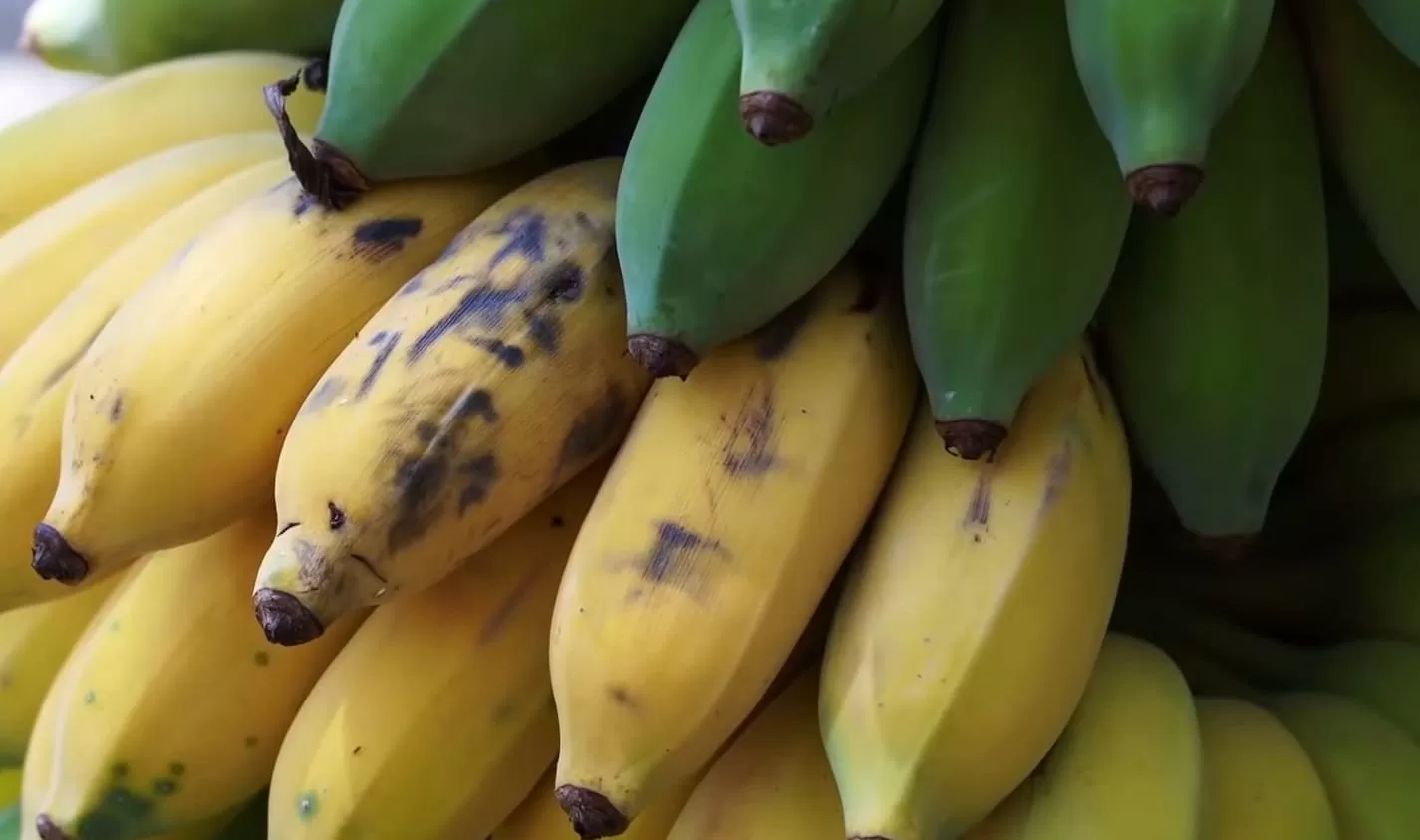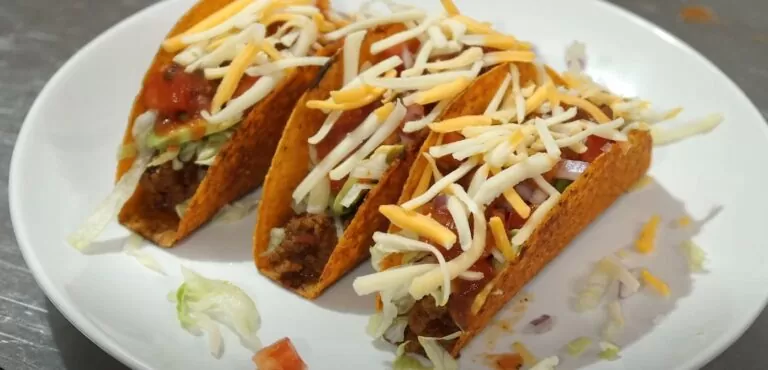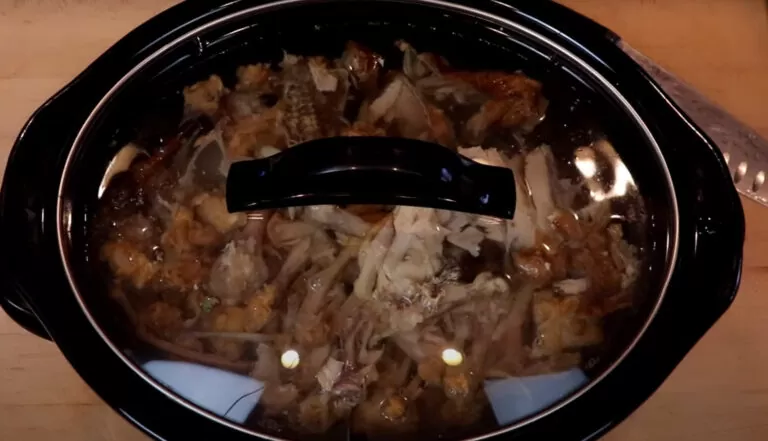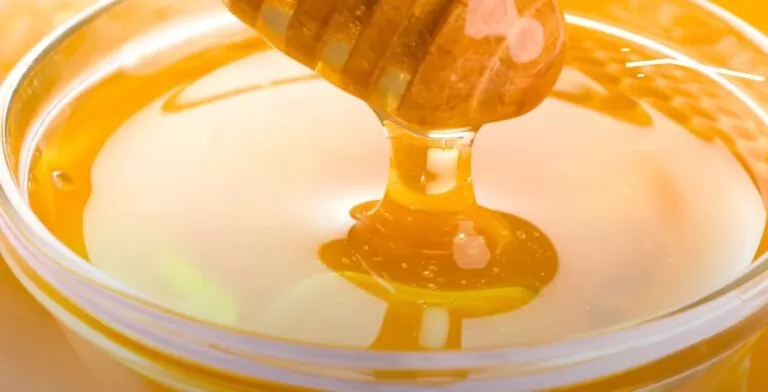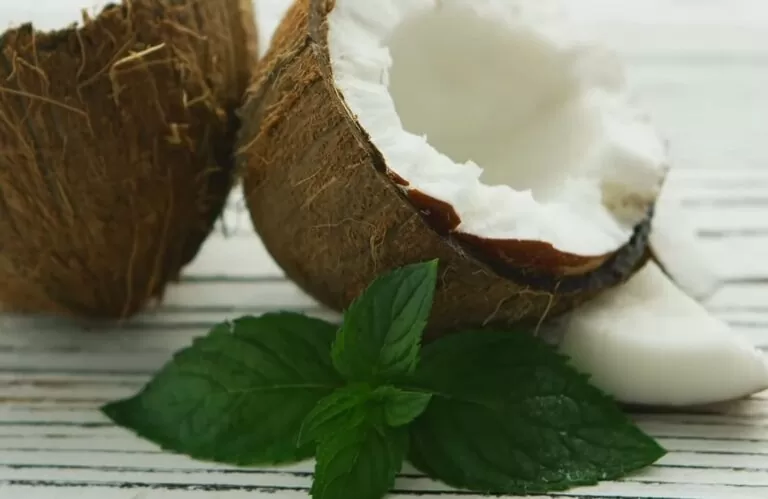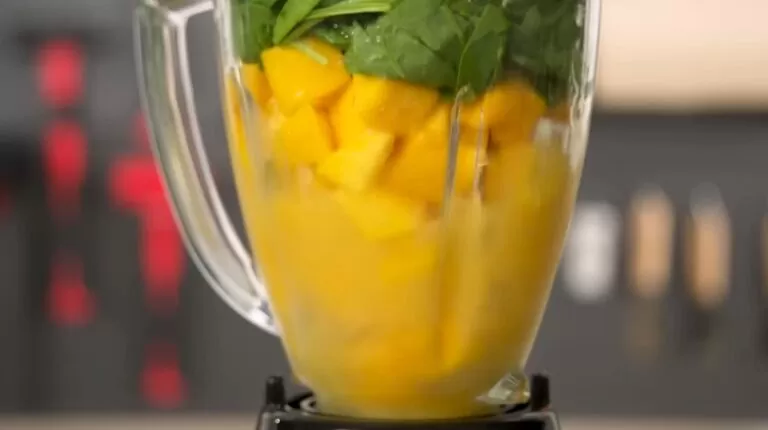Eating a Banana vs. Blending a Banana: Which Is Better?
Bananas are one of the most popular and portable fruits, perfect for an on-the-go breakfast or snack. While eating a fresh banana is easy and tasty, blending this versatile fruit opens up an additional world of possibilities. Blended bananas can be incorporated into delicious treats, from smoothies to banana bread. So, is it better to peel and eat a banana or to blend one up for maximum flavor and versatility? In this article, we’ll compare the nutritional benefits, convenience, taste, and uses of whole bananas versus blended bananas. You may find that one banana can be even better than the bunch when you blend it upright.
Quick Glance Highlights
Both eating and blending bananas have their perks! Eating a fresh banana gives you an easy, portable source of nutrients like potassium and vitamin B6. It’s tasty and convenient. But blending opens up more options – smoothies, ice cream, baking, etc. Blending can break down the fibers to extract more antioxidants, too. For maximum nutrition, I’d recommend eating the banana flesh and blending the peel into smoothies (if organic). That way, you get the best of both! But whether you prefer eating bananas whole or blended up, they’re a healthy, versatile fruit that’s hard to beat.
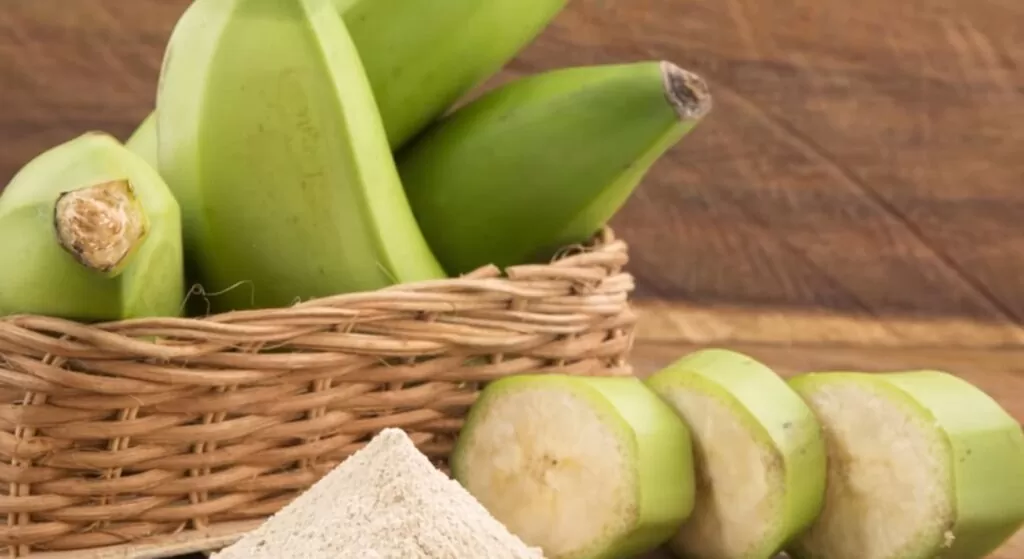
Eating a Banana
How to Select a Good Banana for Eating
When choosing bananas to eat raw, there are some tips for finding the best ones:
- Pick bananas with some green on the peel – This means they are not overripe. Bananas with no green will be overly sweet and soft.
- Avoid bananas with bruised or damaged peels – The flesh underneath may be affected.
- Choose evenly shaped bananas – Odd, misshapen ones may have less usable flesh.
- Lift the bananas and check for weight – Heavier ones tend to be the ripest and have less peel versus flesh.
Easy Peeling Methods
Getting into a banana can be tricky. Here are some peeling tips:
- Pinch the bottom tip – This will often split the peel for easy opening.
- Use a paring knife – Carefully slice into the tip of the peel before tearing it open with your fingers.
- Try a banana peeler tool – These inexpensive tools quickly slice and peel the skin.
How to Eat a Banana
Eating a banana is simple, but here are some tips:
- Peel slowly to prevent the fruit inside from getting squished or bruised.
- Take small bites and chew thoroughly to savor the flavor.
- The peel is edible if organic – some people enjoy eating the inner fuzzy peel.
- Take your time – Enjoy your banana anytime, even eating only half and saving the rest.
Nutritional Benefits of Eating Bananas
Bananas provide many key nutrients and minerals:
- Potassium – Helps muscles contract and nerves function properly.
- Vitamin B6 – Aids in metabolizing fats and proteins.
- Vitamin C – Boosts immunity and acts as an antioxidant.
- Fiber – Improves digestion and heart health.
- Magnesium – Supports bone health and energy production.
- Antioxidants – Protect cells from damage from free radicals.
Health Benefits of Bananas
Research shows bananas may:
- Potassium – Helps muscles contract and nerves function properly.
- Vitamin B6 – Aids in metabolizing fats and proteins.
- Vitamin C – Boosts immunity and acts as an antioxidant.
- Fiber – Improves digestion and heart health.
- Magnesium – Supports bone health and energy production.
- Antioxidants – Protect cells from damage from free radicals.

Tips for Packing Bananas in Lunches
Bananas are a great portable, on-the-go snack. Here are lunch packing tips:
- Wrap the banana peel in plastic wrap to prevent bruising.
- Pack it with other fruits like apples that won’t ripen faster through ethylene gas exposure.
- Consider packing it separately from the main lunch bag to avoid bruising other items.
- For kids’ lunches, slice half a banana and pack it in a reusable container.
Ripening Tips
To ripen greenish bananas faster:
- Place them in a brown paper bag – Traps ethylene gases that accelerate ripening.
- Store next to other ripe fruit – Fruits release ethylene that ripens nearby produce.
- Keep at room temperature – Heat speeds the ripening process.
In summary, eating bananas provides many nutritional benefits, especially when enjoying them fresh. Select ripe, evenly shaped bananas and eat mindfully for maximum flavor and nutrition.
Blending a Banana
Selecting Good Bananas for Blending
Choosing ripe bananas will give you the best flavor and texture when blending:
- Pick spotted, speckled bananas – The brown spots mean they are ripe and sweet.
- Avoid underripe green bananas – They will be too starchy and won’t blend up creamy.
- Don’t use overripe bananas – Bananas with dark black peels will get slimy when blended.
- Go for medium or large-size bananas – Small bananas can be seedy.
Health Benefits of Blended Bananas
Blending bananas provides these healthy perks:
- Increased antioxidant absorption – Blending breaks down cell walls to release more antioxidants.
- Added versatility – Bananas can be blended into bread, smoothies, ice cream, face masks, etc.
- Improved digestion – Blending makes bananas easier to break down and digest.
- Creamy texture – Blending a ripe banana creates a smooth, creamy consistency.
Tips for Blending Bananas
Follow these tips for great blended banana results:
- Increased antioxidant absorption – Blending breaks down cell walls to release more antioxidants.
- Added versatility – Bananas can be blended into bread, smoothies, ice cream, face masks, etc.
- Improved digestion – Blending makes bananas easier to break down and digest.
- Creamy texture – Blending a ripe banana creates a smooth, creamy consistency.
Delicious Banana Blend Recipes
Try blending bananas into:
- Smoothies – With berries, yogurt, oats, chocolate, peanut butter, etc.
- Milkshakes – With milk, ice cream, honey, cinnamon.
- Pancakes or muffins – Use 3-4 mashed ripe bananas.
- Banana ice cream – Blend frozen bananas into “nice” cream.
- Face or hair masks – Combine banana with coconut oil, honey, and yogurt.
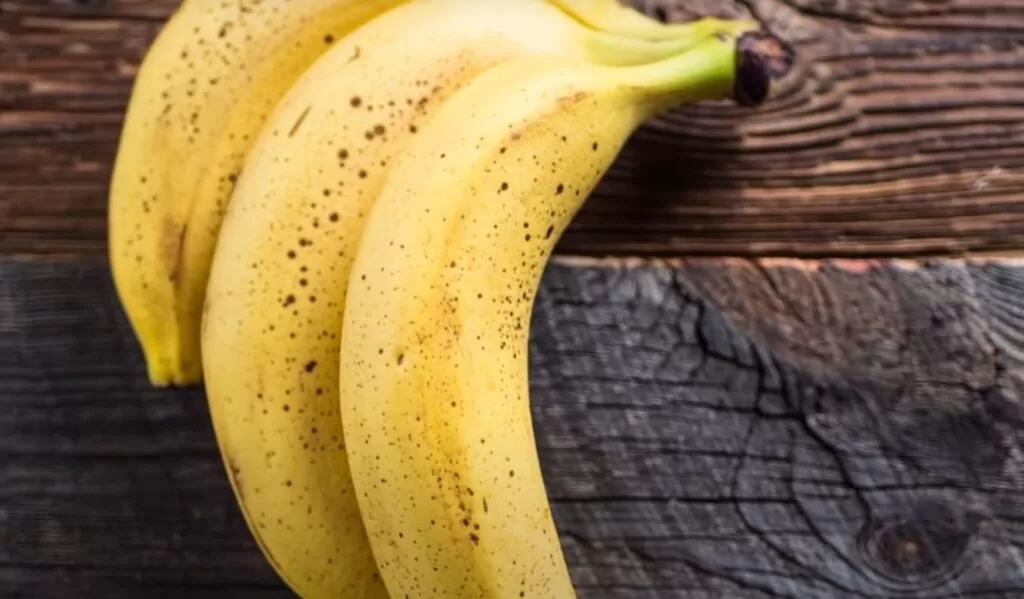
Tips for Storing Blended Bananas
Storing blended bananas properly retains nutrition and flavor:
- Refrigerate smoothies for up to 3 days.
- Freeze banana ice cream or ice cream for 2-3 months.
- Store in airtight containers to minimize air exposure.
- Add lemon juice to prevent oxidation and browning.
Uses for Leftover Blended Bananas
Don’t let leftover blended bananas go to waste. Use them:
- As a substitute for eggs in baking – 1 banana = 1 egg
- To make pancakes or muffins – Fold them into batter.
- Add to oatmeal, yogurt, or cereal.
- For a facial mask – Apply to the skin, allow to dry, and then rinse.
- To fertilize plants – Potassium benefits soil.
Cleaning Your Blender
Clean blenders thoroughly after using bananas to prevent buildup:
- Rinse the blade and jar immediately after blending.
- Use hot water to wash away sticky residue easily.
- Scrub with a soft brush or sponge to remove clinging bits.
- Run an empty blend cycle with a drop of dish soap and hot water.
In summary, blending bananas unlocks additional health benefits and amazing flavor possibilities. Follow proper selection, blending, and storage methods for delicious results.
Does Blending a Banana Change Its Nutritional Value?
Macronutrients Remain the Same
When it comes to the main macronutrients – carbs, protein, fat – blending a banana does not alter the amounts or caloric value:
- A medium 7-8 inch banana contains 27 grams of carbs and 105 calories, whether whole or blended.
- The 1-2 grams of protein and 0.5 grams of fat also remain unchanged by blending.
Vitamins and Minerals Are Unaffected
Key vitamins and minerals like vitamin B6, vitamin C, potassium, and magnesium are not degraded by blending a banana into a smoothie or juice.
These nutrients remain intact and are still absorbed and utilized by the body, whether from a whole or blended banana.
Antioxidant Availability May Increase
Blending is thought to increase antioxidant absorption from a banana due to the:
- Breaking down cell walls to make antioxidants more bioavailable.
- Increased surface area for the digestive enzymes to act on.
- Quicker digestion time compared to whole banana.
One study saw a 3x increase in antioxidant absorption from blended bananas.
Fiber Content Can Decrease
Blending a banana pulverizes the insoluble and soluble fiber it contains. This fiber provides benefits for gut health and digestion.
While blended banana still delivers fiber, the structural form of the fiber is altered through the blending process. The overall fiber amount may be slightly decreased.
Glycemic Index Unaffected
A banana has a low to medium glycemic index, meaning it moderately impacts blood sugar levels.
Blending a banana does not alter its glycemic index or effect on blood glucose. The glycemic response remains the same.
Digestion Rate Can Increase
Since blending breaks down cell walls and fiber, this allows a banana’s nutrients to be absorbed and digested more quickly.
The increased surface area and smooth texture mean less digestion is required compared to eating a whole banana.
So, the digestion rate is often faster with blended bananas, allowing for quicker nutrient uptake.
Bioavailability May Improve
In addition to quicker digestion, blending is thought to improve the bioavailability and absorption of certain nutrients like antioxidants and carotenoids.
The mechanical process helps make nutrients more bioavailable to the body by rupturing cell structures.
Satiety Impact Varies
A whole banana’s soluble fiber and resistant starches can provide longer-lasting satiety and fullness.
These components are altered when the banana is blended, which may result in less prolonged feelings of fullness. But adding protein powder or yogurt to a blended banana smoothie helps increase satiety.

Downsides of Blending
There are a couple of potential downsides to blending versus eating a whole banana:
- Less fiber from pulverization of skin and flesh structures.
- Loss of some resistant starch that feeds gut flora.
- Potential lowered satiety effect.
Benefits of Blending
However, there are certainly some benefits provided by blending bananas:
- Increased accessibility of antioxidants.
- Added versatility in recipes and smoothies.
- Enhanced digestion from smooth, liquid form.
- The creamy, frothy texture provides enjoyment.
- Easy way to incorporate into other foods and drinks.
How Blending Impacts Banana Nutrients
In summary, while the overall nutritional profile remains largely the same, blending a banana can:
- Increase bioavailability of antioxidants.
- Slightly lower fiber content.
- Speed up the digestion rate.
- Provide a quicker energy boost.
For maximum benefit, enjoy bananas, both whole and blended! This gives you the perks of both forms.
FAQ
Does blending a banana help improve the absorption of nutrients compared to eating a whole banana?
Yes, blending is thought to improve the bioavailability and absorption of some nutrients in bananas. The mechanical process helps release nutrients from the cells, particularly antioxidants. Blending also breaks down fiber and starch into molecular forms that are easier to digest. One study found antioxidant absorption was over three times higher from blended bananas versus raw chewed bananas. The quicker breakdown allows nutrients to be taken up more efficiently by the body.
What are some tasty, healthy recipes using blended bananas?
Some delicious recipes using blended bananas include:
- Berry Banana Smoothie – banana, mixed berries, Greek yogurt, milk, cinnamon
- Banana Oatmeal Breakfast Shake – banana, oats, peanut butter, honey, milk
- Chocolate Banana Protein Smoothie – banana, cacao powder, whey protein, almond milk
- Banana Pancakes – mashed banana, egg, baking powder, cinnamon, vanilla
- Banana Nice Cream – frozen bananas blended with milk & toppings
- Banana Bread – banana, flour, sugar, egg, oil, baking soda
- Banana Face Mask – blended banana & honey for hydrating skin
Is there a best banana type or ripeness to use for blending?
Riper bananas tend to work best for blending. The starches convert to sweeter sugars as bananas ripen, giving blended bananas a sweeter, more dessert-like taste. Bananas with plenty of brown speckles will blend up creamier than firm greenish bananas. Overripe bananas with dark black skins tend to get slimy when blended. For smoothies, shakes, and ice cream, spotty yellow bananas with a tinge of green are ideal. For banana bread, very ripe, speckled bananas are preferred. Cavendish bananas are the most common variety used for blending and baking.
Summing Up
When it comes to bananas, both eating them whole and blending them up have nutritional perks. Eating a fresh banana gives you an easy dose of key nutrients and minerals that are important for energy and muscle function. Blending bananas unlocks additional health benefits and allows you to incorporate this fruit into smoothies, baked goods, ice cream, and more. While the convenience of eating a banana is hard to beat, taking the extra step to blend one can provide antioxidants, fiber, and versatility. So try enjoying bananas both ways – eat one on the go and blend one into your next smoothie for a nutritional double whammy.

